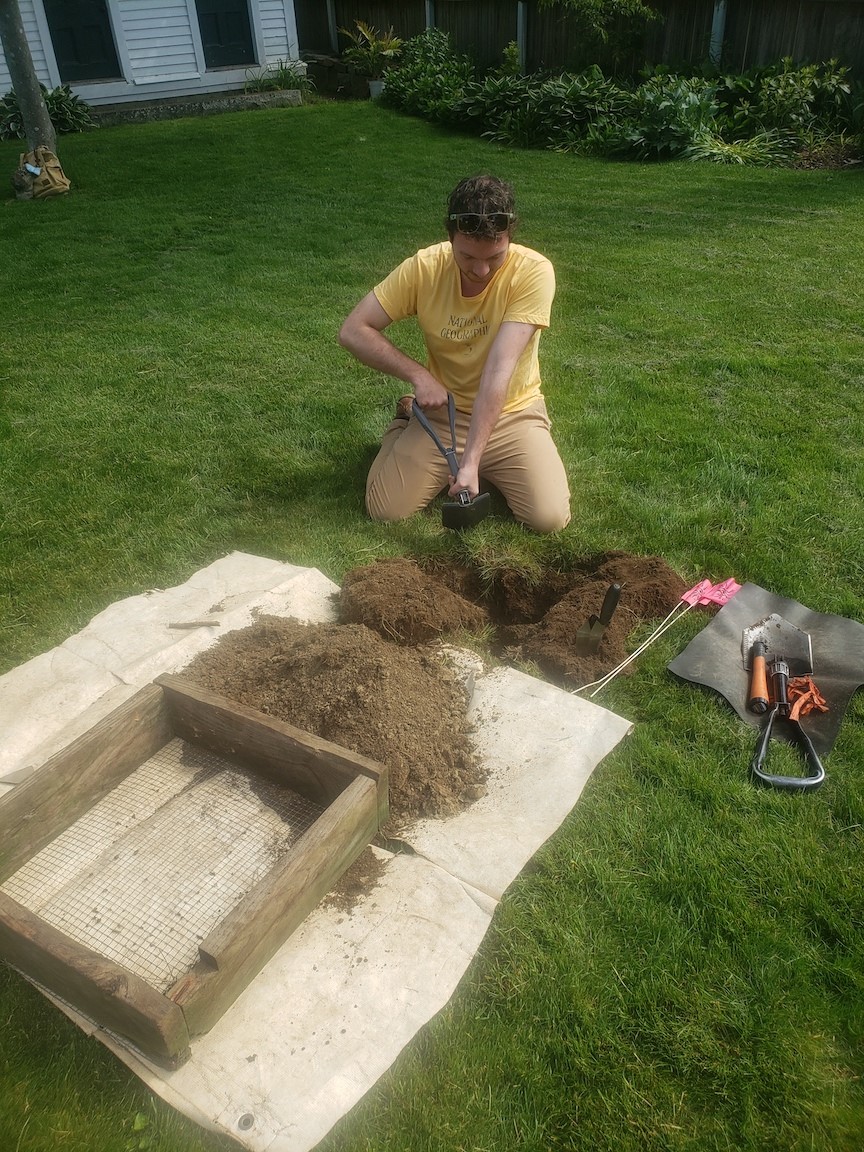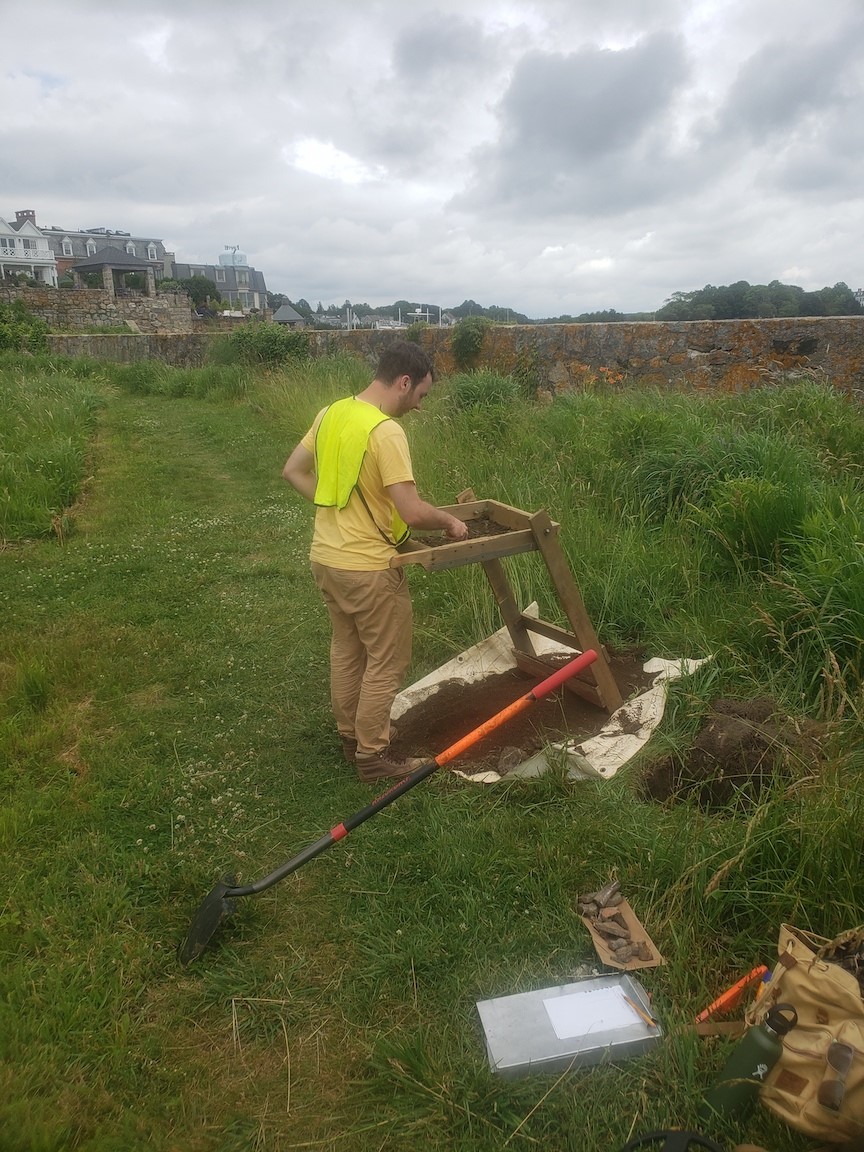


Published on October 12, 2020
During the War of 1812, British Naval forces laid siege to Long Island Sound in 1813 to disrupt New York & southern New England’s maritime commerce, threaten coastal towns, and attack US Naval forces blockaded on the Thames River near New London. On the evening of August 9, 1814, a British naval squadron commanded by Captain Sir Thomas Hardy anchored off Stonington Point with four ships, totaling 150 cannons plus mortars and Congreve Rockets, and soon bombarded the town. Connecticut troops at Stonington had a total of three cannon and a few hundred infantry deployed to defend the town. The bombardment lasted for three days and the small Connecticut contingent repulsed at least four British amphibious landings during this time while crippling one British warship with well-aimed cannon fire. On August 12th the British gave up their attempt, having expended most of their ammunition (50 tons of iron), suffered dozens of casualties (21 KIA, 50 WIA), and with one ship taking on water. The town did not burn and no Connecticut troops were lost during the battle although several were wounded while multiple unlucky farm animals were lost in the shelling. The British withdrawal was celebrated nationally and has been commemorated annually by Stonington and its neighbors in August nearly every year since 1815.

In recognition of the national significance of this event, the National Park Service’s American Battlefield Protection Program (ABPP) awarded a research grant to the Stonington Historical Society in 2018 to study the battle, create GIS maps of the battlefield following archaeological research, both on land and underwater. Dr. Kevin McBride (UConn Anthropology Department) and Dr. David Naumec (ECSU History Department) were selected as the principal investigators for the land-based portion of the battlefield survey. ECSU student Connor Caromile, who is majoring in History with a minor in Anthropology, assisted in the survey during the summer and early fall of 2020 experiencing the various aspect of the field of Battlefield Archaeology, a subfield of Historical Archaeology. Under the direction of Professor Naumec, Connor studied the history of the battle and gained professional experience excavating shovel test pits and metal detected artifacts. Working alongside archaeologists and UConn archeology majors, Connor experienced working on complicated historical landscapes that yielded artifacts from the colonial period through the twentieth century and all the challenged that entailed. After months of hard work the project proved a success as the research team documented musket balls and naval ordnance associated with one of the British landing attempts as well as artifacts associated with at least one American militia position during the battle. Dr. McBride and Dr. Naumec are in the process of completing a final technical report to submit to the National Park Service. These findings will be integrated in a new Battle of Stonington Exhibit at the Old Lighthouse Museum in 2021.

Connor is currently gaining additional Historic Archaeology experience volunteering on an excavation of a seventeenth century Pequot village site dating to May 1637 associated with the Pequot War. If you would like to learn about opportunities to research Revolutionary War veterans of color from Massachusetts, or catalog a collection of pre-contact Pequot artifacts, contact Professor Naumec at naumecd@easternct.edu
Written by David Naumec